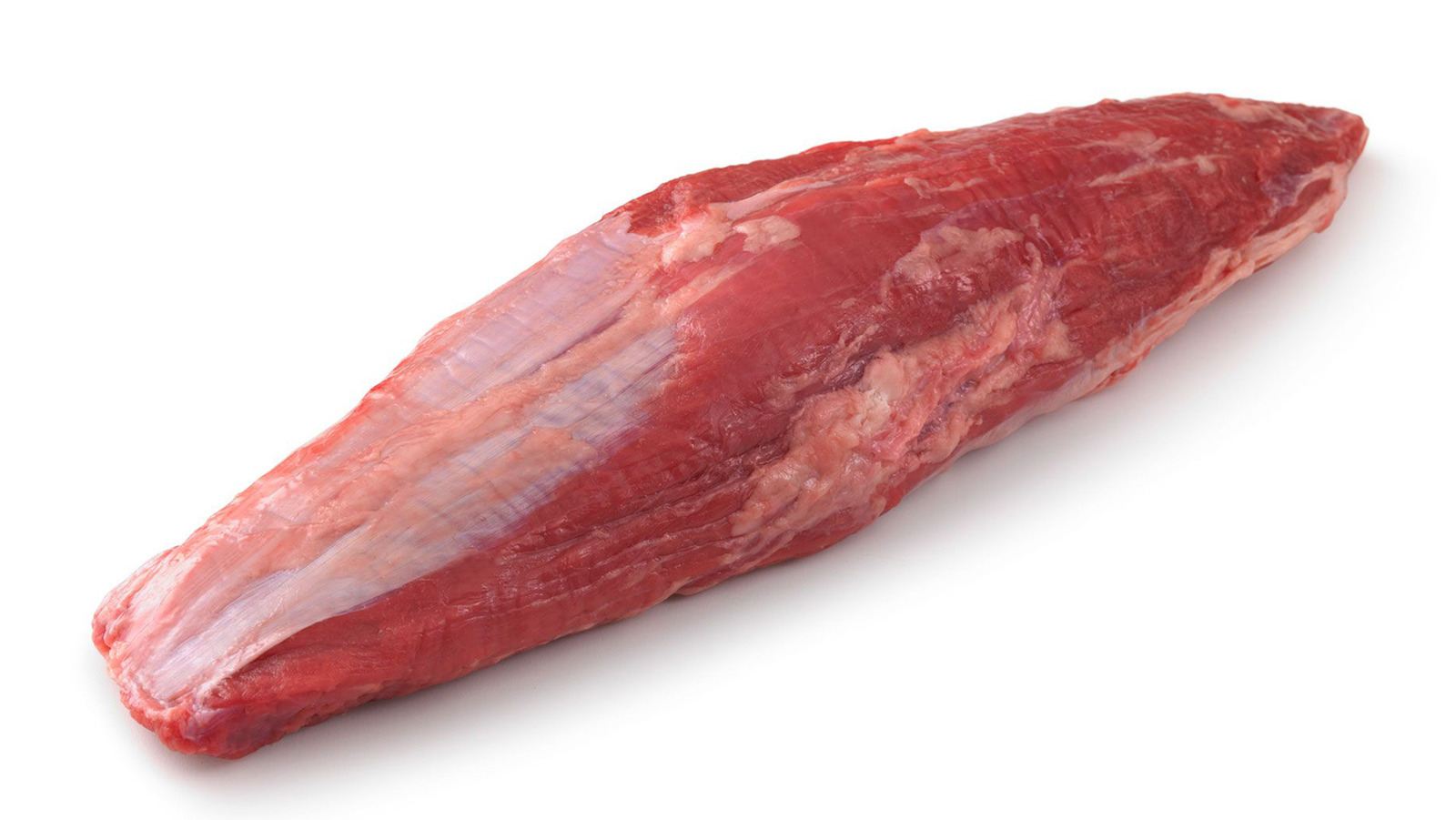
Teres Major Steak Is An Underrated Cut Of Meat You Need To Try – The Daily Meal
Let’s cut to the chase: Steak is flippin’ expensive. That comes with the territory when you’re upheld as the epitome of fine dining. If you want to save a buck on beef, you will be forced to resort to tough, gristly cuts – steaks that shouldn’t be grilled because high heat inevitably turns them dry and rubbery. Sure, you can render almost any cut nice and tender through slow-cooking, but sometimes you want that charred crust and pure beefy flavor that you can only get by grilling and searing. If this is your preference, it can feel like you’re doomed to spend a lot, but there’s a little-known cut that lets you enjoy the tender succulence of a filet mignon or ribeye for a fraction of the price. It’s called the teres major steak.
Unlike virtually every other beef cut out there, the teres major steak actually bears the name of the muscle from which it’s made. In fact, you’re more likely to hear the name in a biology class than at a steakhouse, as humans are also equipped with these muscles. The teres major lies just below the shoulder blade, and in cows, it is adjacent to the flat iron steak. The teres major is known by many other names, including the shoulder tender, petite tender, mock tender, and bistro tender. Some say it is the second-most tender cut of beef after the tenderloin, which begs the question, why don’t more people know about it?
Teres major comes from the beef chuck primal
 Denys/Getty Images
Denys/Getty Images
The teres major is quite rare, which makes them extremely difficult to find. The upshot of this is that, because so few people know about it, the teres major costs less than highly-publicized cuts like the filet mignon, ribeye, and T-bone. It simply isn’t famous enough to fetch that kind of cash. What makes the teres major so rare? First of all, there are only two teres major muscles, one beneath each of the cow’s front shoulders, weighing just shy of a pound. The teres major is encased within a group of muscles called the shoulder clod, and it is extremely difficult for butchers to extract it in one clean piece. Consequently, it is often ground along with the rest of the shoulder clod, or chopped into stew meat.
The shoulder clod is part of the chuck primal cut. Primal cuts are the first stage of the butchering process. After a cow is slaughtered, its carcass is divided into four primals — the chuck, loin, rib, and round — from which all other cuts are derived. Meat from the chuck is generally quite tough because these muscles, located around the front shoulders, do a lot of work. However, the teres major is an exception because it lies beneath the shoulder, and doesn’t move around as much. This results in a very lean piece of beef, similar to, but far less expensive than, the tenderloin.
The best way to cook a teres major steak
 Lauripatterson/Getty Images
Lauripatterson/Getty Images
If you do manage to find a butcher who sells teres major steaks (note: it would be worth calling butchers in advance, as you may be able to reserve it), what you’ll receive is a long piece of beef, similar to a pork tenderloin in both size and shape, that weighs about 8 to 12 ounces. The teres major can be cut into medallions, similar to the way a beef tenderloin may be cut into filet mignon steaks, but it’s generally recommended that you cook it whole, which should help to ensure a rosy pink interior.
The teres major is fairly versatile, good for roasting, sous-viding, and searing, but they are especially popular for grilling. Follow the principles from our guide to grilling steaks, with a particular emphasis on patting the outside dry to create a nice crust and liberally coating it with salt. You could use a dry rub or marinade, but simply seasoning with salt and pepper will really let the flavor of this cut shine through. You could also pan-sear the teres major, butter-basting it for a rich flavor boost. It will cook quickly, and it helps to use a meat thermometer to ensure you nail your preferred degree of doneness.







































